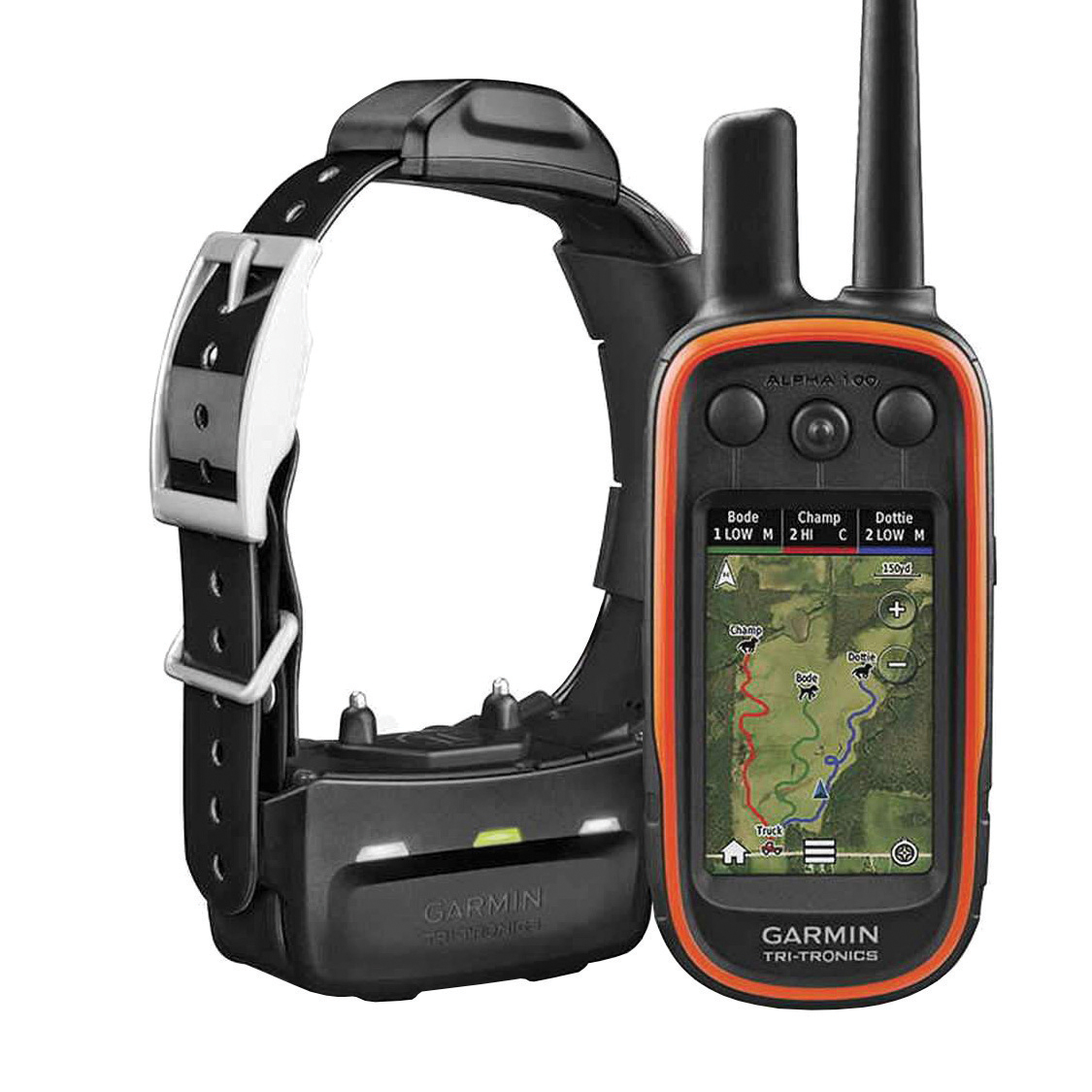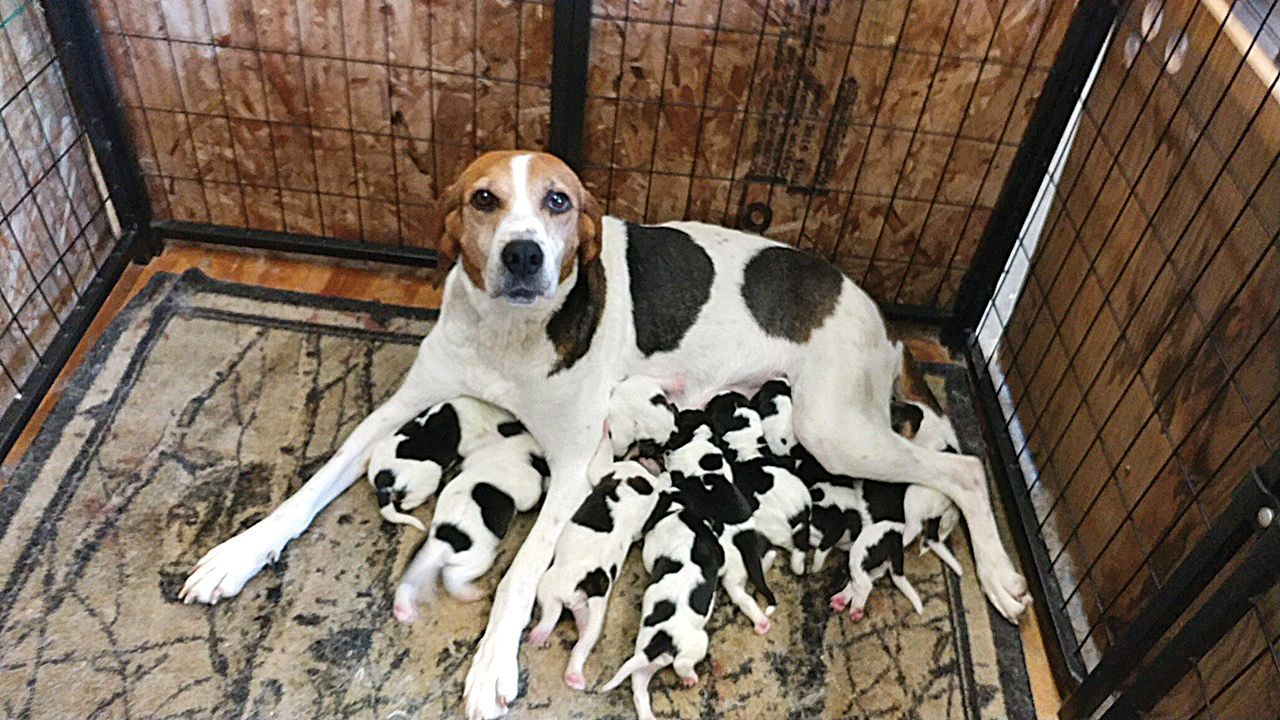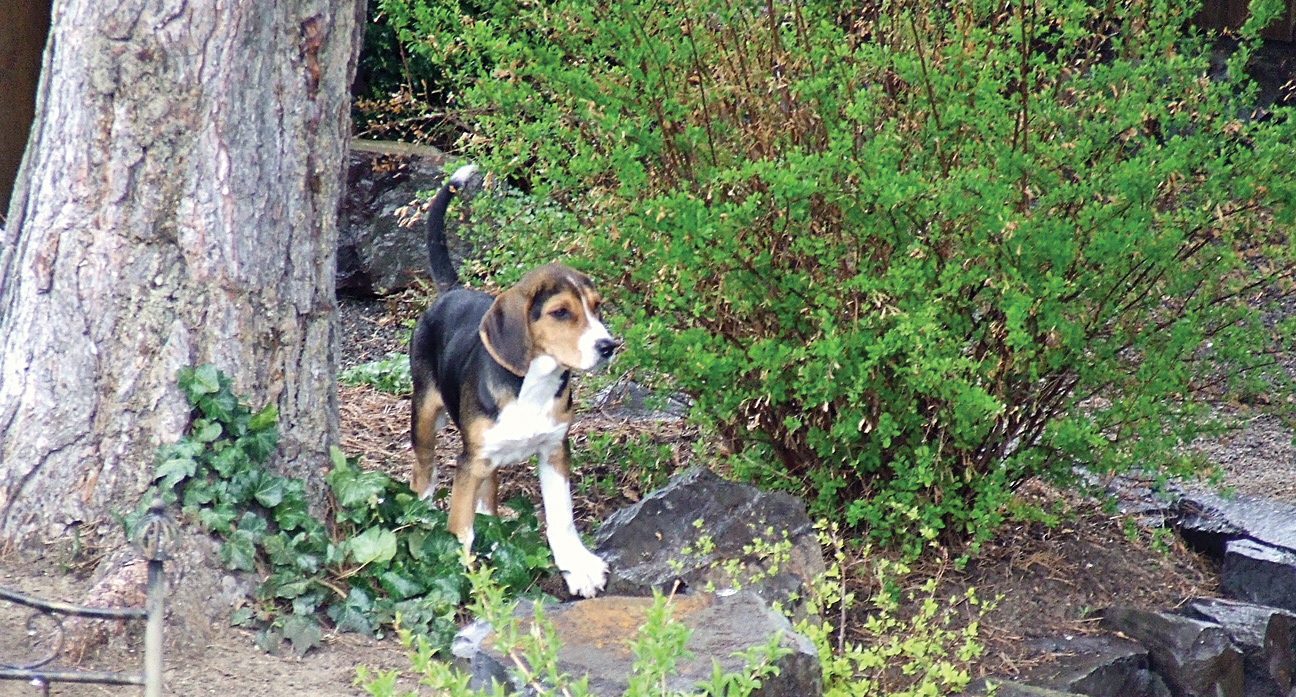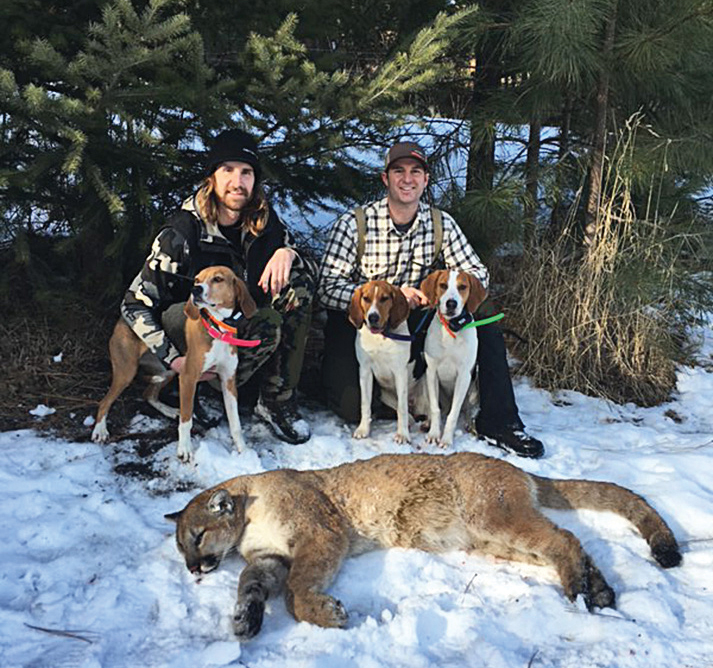
NOTICE: Certain links on this post may earn a commission for Western Hunter Magazine from Amazon or our other affiliate partners when you make a purchase. Thank you for your support.
Tips for Selecting & Training Hunting Hounds
Becoming a houndsman was one of my dreams. There were some people that gave me advice starting out, but mostly I had to do it on my own. Now my dream has become a reality, and a large part of my life. When I started raising and training young hunting hounds, I didn’t know much. Since that time I have studied, trained, observed, and hunted extensively. During that process, I developed a method for starting young hunting hounds. Hopefully, it will help you get started or teach you something new. With hard work and persistence, anyone can follow the same trail I have.
I believe the key to successfully starting young hunting hounds is to train each pup to perform individually. Starting at square one with each pup you train, will eventually give you a pack of independent thinking and hunting hounds. Each of the hunting hounds you own should be able to trail and catch game independently. Whether you hunt two or ten dogs, this strategy will ultimately make your team stronger. I have come up with a basic method to select dogs, train them, and catch big game. Keep in mind there are many different ways to train a young hunting dog. No specific method is absolutely correct, but most are aimed at accomplishing the same thing.

Garmin Alpha GPS and TT15 collar. This system allows you to both train and track with the same collar. It is a tremendous asset and a great learning tool.
Selecting A Breed
First you need to select a breed of dog. Personally, I believe any major breed of hunting hounds can trail and catch big game. Each major breed has been used successfully in different climates and terrain. The most important thing to remember is to select from a group that has been bred specifically for hunting in your area, or under similar hunting conditions. This is important because those hunting hounds have been selectively bred to perform under the same conditions you will be hunting in. For example, A dog from Maine may catch bobcats very well on the east coast. However, If you put that same dog in the thick rugged forest on the west coast it may not perform. The dog needs to be selectively bred to perform at your location or under tougher conditions. My advice, seek out houndsmen or breeders from your area, find out what breed of dog they use, and why.
Picking Pups
Once you decide what breed of dog you want, do your research. The hunting hounds you want to choose from need to have consistently caught game for generations, and consistently had puppies that turn into good hunters. This will be the most important decision you make and can significantly impact your future. Getting a pup that hunts well can be a bit of a gamble. Put the odds in your favor, and select from the best possible hunting prospects you can find. There are a lot of reputable houndsmen that have dedicated their lives to breeding great hunting dogs. They have bred out all physical deficits and only selected top hunting dogs for breeding. Seek out that person because they are who you want to purchase a dog from. Do not waste your time training a pup that doesn’t have what it takes. If you have done your homework you will be selecting from a group of great prospects.
Most puppies are weaned from their mother at eight weeks of age. At this time in their life, there is really no way of knowing how the pup will turn out. However, I do believe that the way we raise and train this pup can positively impact the young dog, and make your time hunting it much more enjoyable. There are lots of theories out there on selecting a pup. I believe most of them are just that; theories. When in doubt, go with your gut instinct and select one that makes you happy. If you are happy with the pup, you will probably have a better attitude and mindset about the young dog’s ability.
My opinion is that the sex of the pup doesn’t matter. I personally like both males and females, and gender will have no dictation on their ability to hunt. However, I do recommend you avoid keeping too many males together or hunting your male with other foreign males. A dog fight could have a very negative impact on your young and influential prospect. You are better off to hunt alone, than risk scarring the young dog.

Most puppies are weened from their mother at 6-8 weeks of age.
Vaccinations, De-worming, and Food
Once you select your pup, make sure you find out what vaccinations and de-worming it has been given, and what kind of food it has been eating. Over time you can learn to vaccinate and worm your own dogs, but if you are just starting out I recommend using a reputable veterinarian in your area. Get the pup on a program and be consistent with the feed you are giving it. It is imperative that a young dog be wormed and given the proper vaccinations. Typically most breeders will de-worm the entire litter and provide the first five-way or seven-way vaccination.
Training Hunting Hounds
The moment you bring your new pup home you start training. I do not mean training the young dog to hunt. I mean training him to be part of your team and establish that you are the leader of the pack. We are dealing with a young dog that is essentially a child. So this time should be about establishing a relationship and letting the pup develop. There are many ways we can positively impact this young, and influential hunting prospect. Everything you do should be aimed at developing the young dog's confidence. Confidence will help develop independence, and eventually maturity.
During the first six months, I work almost exclusively on obedience training. Teaching a dog to handle and mind is the single most important thing you can do, and will benefit you greatly in the future. This doesn’t necessarily mean it will enhance the young dog's natural hunting ability. However, it will make the process much more enjoyable and easier for you. Having a dog that listens and respects you will make it easier for you to control what happens while out hunting. Obedience training will also make breaking a dog of running undesired game much easier.
Some people will absolutely disagree with the way I keep my hunting hounds. However, anyone who has been around them will admit they are some of the most well-minded, enjoyable dogs they have hunted with. It is because of the way I start them as young puppies and continually practice obedience. The key to training any animal is consistency and repetition. You must be consistent and patient in everything you do. Do not rush trying to get everything accomplished in one day. Enjoy the process of watching the young dog develop and soon you will enjoy the training as much as you do hunting.
I start by bringing the young dog home and letting him or her get comfortable with their new surroundings. They will be given free rein of a big fenced yard with much to explore. Make sure they have adequate shade or warm areas to go, and somewhere soft to rest. Spend as much time as possible with the pup playing and developing a relationship. This should carry over for the rest of the dog’s life. If you want a dog to work hard and try to please you, you must be present in its life.

Leaving young dogs loose as much as possible helps them mature and learn how to conquer obstacles.
Home Life
Leave water readily available at all times, and in the beginning, feed three times a day in small amounts. When I feed a pup, I tie them to a post with a chain dog lead. Make sure the pup cannot slip his collar and initially only tie him or her to the pole when you feed. He or she will likely fight and pull until you set the food down. The chain is heavy and will tire the pup quickly. The young dog will learn it can’t slip its collar, chew through the chain, or fight a leash. Soon they look forward to being put on the chain because they know they are about to get fed. Once they are done eating, I let them off the chain and praise them well. After as little as one day, I have had pups walk to the end of the chain, and sit patiently waiting for their food.

It is important to let puppies be puppies. Don’t get to serious about hunting until a young dog matures to around a year old.
Learning Commands
From this point on I periodically tie the pup to the pole for small periods of time. It is best to do this after they are tired and ready for a break. Pretty soon being tied is natural for the pup and they have constantly been rewarded for being tied. After a couple of weeks, I start leash breaking the dog with the same lead I tie them with. They know they cannot beat the chain so it makes leash breaking much easier. Train the pup to heel, and walk with a limp dog lead. Constantly pull them to your heel with the lead and use the command “heel” over and over. Pretty soon the dog learns that this is where they walk when on the leash. I carry a small walking stick or horse quirt and gently touch the dog on the nose if it tries to walk in front of me. Do this in small frequent sessions, releasing the pup to immediately play afterward. This eventually will train the dog that when he or she is on a leash you are in charge. When you release it from the leash it is free to run and hunt. Do this in a consistent, comfortable place. You will be amazed at how quickly the dog is doing exactly what you want.
Commands you teach the pup should be basic and consistent no matter who is giving them. I CONSTANTLY use them and incorporate them into anything I do. It becomes a very fun game and you will love seeing the results. As the young dog matures demand they perform the command. This will help you stop dangerous or unwanted things from happening in the field.
Trailing
Once the pup becomes comfortable in its new environment I will begin doing small amounts of trailing practice. I use a fishing pole with a string and a small stuffed animal tied to the end. This is only to be used at special playtimes and kept hidden away at all other times of the day. Once every few days I will put a small amount of lion scent (or your desired scent) on the stuffed animal. I will drop it in the yard and let the pup chase it through the grass. I can use the pole to my advantage and lift it away from the pup when needed. Let the pup catch it frequently. They will chew on the toy and get a nose full of scent in the process. This should be in a controlled environment with no distractions. Do not let other dogs watch or participate. This is an individual exercise. Do this in short, fun sessions, and the pup will quickly be all about this game.
After the pup learns to recognize the scent, I make blind drags. From this point on I will continually make the game a little harder, and I will phase out letting the pup see the toy at all. I want the pup to blindly trail and minimize sight chasing. Eventually, I will make the trail a few hundred yards. The toy is always hung low in a tree where they can see it but just high enough they cannot get it. After they find the toy let the pup play with it, and always leave them wanting more. All of my young dogs have loved this game and it helps get them started trailing. Make sure you are in a controlled environment and that there are no distractions.
Tracking Collars
At around four months of age I start taking the pup on walks, or to the woods whenever possible. Make trips small and enjoyable. Every trip to the woods is a miniature hunt, and training experience. This allows the pup to conquer small barriers like creeks and learn to navigate the terrain. At this time I introduce the pup to tracking collars. Like many, I use the Garmin Alpha System with a TT15 collar. This system allows you to both track and train using the same collar. However, be very cautious using any electricity at this age. I am not saying you have to run out and spend a bunch of money to be a successful hunter. However, in my opinion, you are wasting time and effort. The Garmin tracking systems are essential, and when used properly you can quickly eliminate unwanted behavior.

Garmin Alpha GPS and TT15 collar. This system allows you to both train and track with the same collar. It is a tremendous asset and a great learning tool.
Introducing Game
When the young dog has matured and is somewhere between 10-12 months, I will introduce it to caged game. This is controversial to some people, so let me start out by saying that you should treat all animals with respect, and always practice within the legality of your state or province. Typically I start a young dog out by trapping a raccoon and getting it into a training wheel. I put lion scent on the coon and let the young dog bark at the cage for a short period of time. The coon should be able to walk and the wheel will roll across the ground. A young dog with the right breeding should fire and bay the cage. Sometimes hooking a dog lead or rope and dragging the cage will help excite the dog. You can use the rope to hoist the cage over a low limb and pull the cage up just out of the young dog's reach. If they lose interest lower the cage back to the ground. Do this in short 10-15 minute sessions and be careful not to negatively impact the young dog in any way.
After two sessions with the training wheel, I will make a blind trail for the dog. Do not let them see the raccoon before training begins. Put lion scent on the coon or wet it down with water to help it leave a better scent trail. Roll the cage for a distance of 100-200 yards and hang it low in a tree. Walk the dog for some distance prior to relieve some of the excitement. Be quiet and let the dog focus, no distractions. Intercept the trail and the pup should trail and tree the coon. When the pup has accomplished this a couple times, I will move to training at night. This makes the dog mostly rely on its nose, and helps develop trailing ability. From this point on you can be creative about the mock hunt. Once they are trailing and treeing consistently my advice is to stop with the mock hunts and go hunting.
Hunting
When you start hunting, don’t get frustrated. I typically start my young dogs out by hunting raccoons until lion season opens. If you don’t have a finished dog to hunt the pup with, snow will be your biggest ally and will make it easier for you to locate a freshly made track. With a young dog I will lead them on the track encouraging them as they trail the scent. Once they are excited and staying on the track release the dog and stay on the cat track. If they get off the trail call them back and put them on the trail again. This seems fairly simple but I have walked for miles trying to freshen up a track. Eventually, you will jump the cat and hopefully, the young dog will tree it.

Jake and Annie with the first cougar they treed together at seven months.
Breaking a young dog of running off game is like obedience training. Constantly test your dog throughout its life by giving it the opportunity to chase undesired game. In this order use commands, tones, and electricity to correct undesired actions. By starting young dogs the way I do I seldom have to use electricity more than a couple times. I will look for places to test my dogs where I know there is no desired game around. Take them on mock hunts and give them opportunities to trail undesired game. Correct the dog in the order above and allow it to continue to hunt.
Conclusion
My method for starting young hunting hounds is aimed at developing confident individual hunting dogs. This isn’t always the easiest way and may take more time and effort, but it will benefit you in the long run. If you provide a basic foundation to each pup you raise it will make your pack stronger in the end. It doesn’t give a dog any more natural hunting ability. It simply helps them get started and makes it easier for you to control them.
I use this basic footprint for starting all of my pups. Eventually, I hunt all of them together but it gives me the confidence to take any one dog out and know it will perform. This is just scratching the surface of raising and training young hunting hounds, but it will get you started. If you truly want to see what natural ability a dog has you need to hunt it, and I mean a lot. Rome wasn’t built in a day, and the best houndsman in the world started at the same place you did. So don’t be intimidated by something new.



